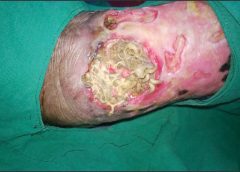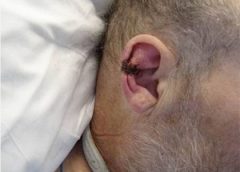Diabetes carries high economic burden
According to a study published in Diabetes Care, the economic burden associated with diagnosed diabetes (all ages) and undiagnosed diabetes, gestational diabetes, and prediabetes (adults) exceeded $322 billion in 2012, amounting to an economic burden exceeding $1,000 for each American. (more…)
Read More

